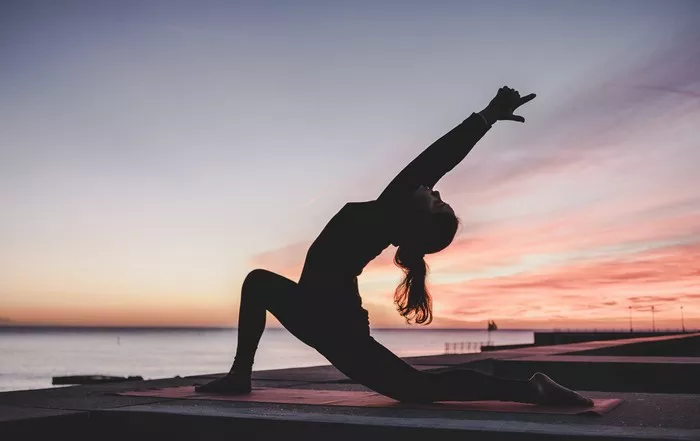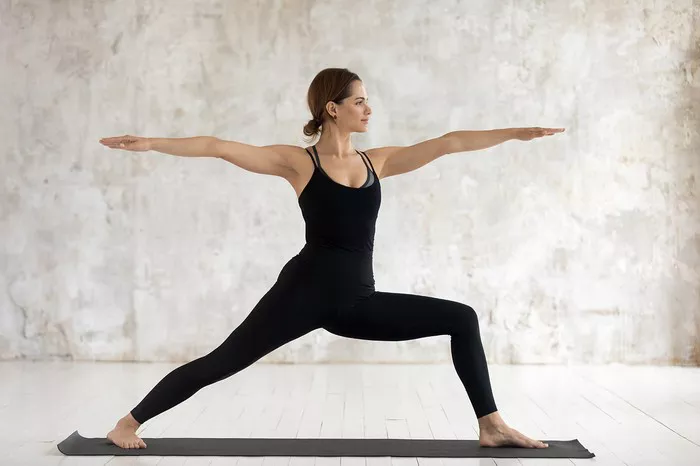Embarking on a yoga lifestyle is a journey that promises profound benefits for your physical health, mental clarity, and overall well-being. As a yoga instructor, I’ve witnessed countless transformations and can attest to the life-enhancing effects of a dedicated yoga practice. If you’re ready to start your yoga journey, here are 15 practical tips to guide you along the way.
1. Set Your Intention
Setting a clear intention is the foundation of your yoga journey. Ask yourself why you want to practice yoga. Whether it’s for physical fitness, stress relief, spiritual growth, or a combination of these, having a clear intention will keep you motivated and focused.
2. Start with the Basics
If you’re new to yoga, begin with basic poses and practices. Familiarize yourself with foundational asanas (postures) such as Tadasana (Mountain Pose), Downward Dog, and Child’s Pose. These poses build the groundwork for more advanced practices and help you develop body awareness and alignment.
3. Create a Dedicated Space
Designate a quiet, comfortable space in your home for your yoga practice. This doesn’t have to be a large area; even a small corner can be transformed into a peaceful yoga sanctuary with a mat, a few props, and calming elements like candles or plants.
4. Invest in Quality Yoga Gear
While yoga doesn’t require expensive equipment, investing in a good-quality mat and comfortable clothing can enhance your practice. Look for a mat with good grip and thickness that suits your needs, and wear clothes that allow you to move freely.
See Also: What to Wear to Hot Yoga
5. Schedule Regular Practice
Consistency is key in yoga. Aim to practice regularly, even if it’s just for a few minutes each day. Establishing a routine helps you develop a habit and integrate yoga into your daily life. Start with short sessions and gradually increase the duration as you become more comfortable.
6. Learn from Qualified Instructors
Taking classes from experienced and certified yoga instructors is invaluable, especially in the beginning. Instructors can provide personalized guidance, ensure you’re practicing safely, and offer modifications for poses. Many studios also offer online classes, making it convenient to learn from home.
7. Listen to Your Body
Yoga is a personal practice, and it’s important to listen to your body and respect its limits. Avoid pushing yourself into poses that cause pain or discomfort. With time and consistent practice, your flexibility and strength will improve naturally.
8. Incorporate Breathing Exercises
Breathing, or pranayama, is a fundamental aspect of yoga. Techniques such as Ujjayi (Victorious Breath) and Nadi Shodhana (Alternate Nostril Breathing) can calm the mind and energize the body. Integrating pranayama into your practice enhances the overall benefits of yoga.
9. Practice Mindfulness
Mindfulness is the practice of being present in the moment. Yoga encourages mindfulness by focusing on breath and movement. As you practice, bring your attention to the sensations in your body, the rhythm of your breath, and the stillness of your mind.
10. Explore Different Styles
There are various styles of yoga, each with its unique approach and benefits. Experiment with different styles such as Hatha, Vinyasa, Ashtanga, Yin, and Restorative Yoga to find what resonates with you. Mixing styles can keep your practice diverse and engaging.
11. Embrace Meditation
Meditation is a key component of a yoga lifestyle. It cultivates inner peace, reduces stress, and enhances mental clarity. Start with guided meditations or simply sit in silence for a few minutes each day. Gradually, you’ll find it easier to quiet your mind and connect with your inner self.
12. Adopt a Yogic Diet
A yogic diet emphasizes natural, whole foods that nourish the body and mind. Incorporate more fruits, vegetables, whole grains, and plant-based proteins into your diet. Stay hydrated and practice mindful eating, savoring each bite and being aware of how food affects your body and energy levels.
13. Read Yoga Literature
There is a wealth of yoga literature available that can deepen your understanding and inspire your practice. Classic texts like the Bhagavad Gita, Patanjali’s Yoga Sutras, and modern books by renowned teachers provide insights into the philosophy, ethics, and history of yoga.
14. Connect with the Yoga Community
Joining a yoga community can provide support, encouragement, and a sense of belonging. Attend local classes, workshops, or yoga retreats. Engage with online communities through social media or yoga forums to share experiences and learn from others.
15. Be Patient and Compassionate with Yourself
Starting a yoga lifestyle is a continuous journey of growth and self-discovery. Be patient with yourself and recognize that progress takes time. Celebrate small victories and be compassionate when you face challenges. Remember, yoga is not about perfection but about connecting with yourself and finding balance.
Conclusion
Starting a yoga lifestyle is a profound commitment to your well-being and personal growth. By setting clear intentions, practicing regularly, and embracing the principles of yoga, you’ll embark on a transformative journey. These 15 practical tips are designed to help you integrate yoga into your daily life, fostering a harmonious balance of body, mind, and spirit. May your yoga journey be fulfilling and enriching, guiding you toward a healthier and more mindful life.
Related topics:






















